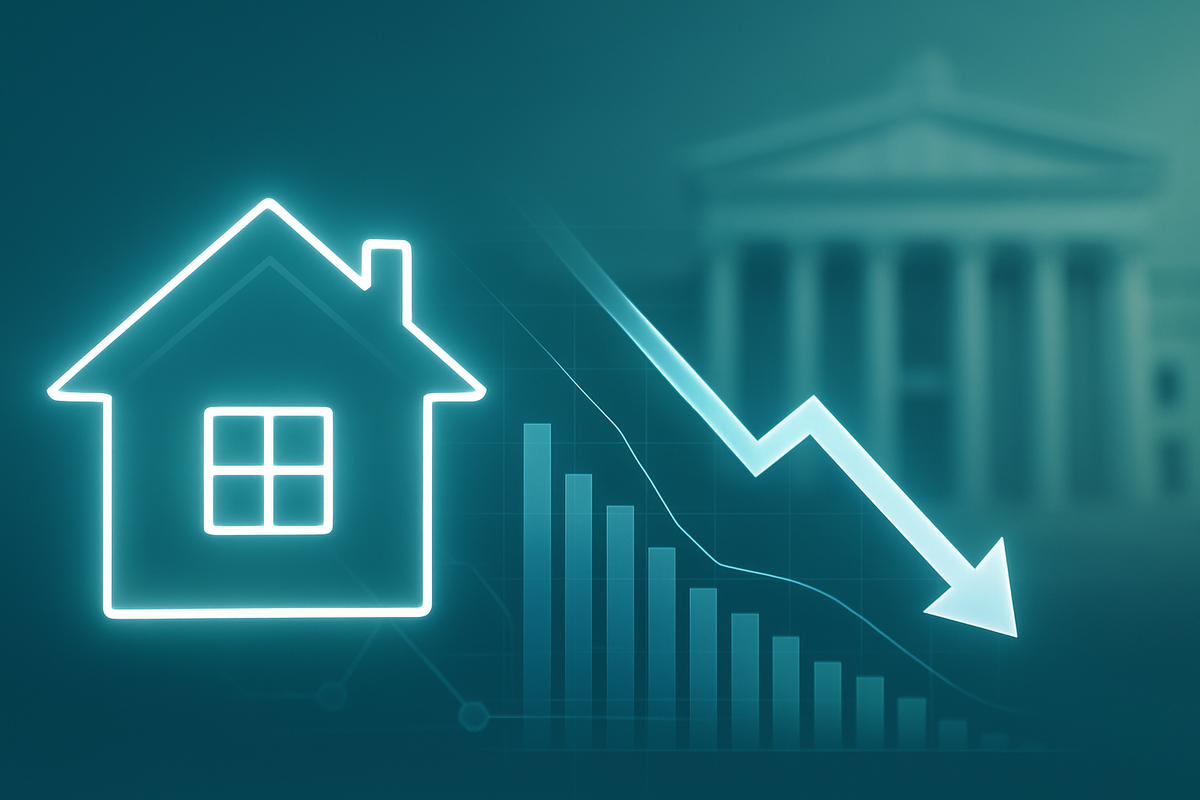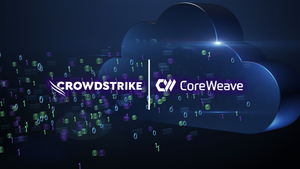
Washington D.C. – November 7, 2025 – In a widely anticipated move, the Federal Reserve delivered a significant interest rate cut in October 2025, a decision poised to reverberate throughout the U.S. financial landscape. While the cut aims to stimulate broader economic activity, its immediate and most pronounced impact is being felt by homeowners leveraging their property wealth, particularly those with or considering Home Equity Lines of Credit (HELOCs). This policy shift has made borrowing against home equity notably cheaper, sparking renewed interest in these flexible financing options.
The central bank's decision, driven by evolving economic indicators, has directly lowered the cost of variable-rate debt. For consumers, this translates into tangible savings on home equity products, with HELOCs emerging as the clear winner in terms of immediate cost reduction. The move is expected to inject liquidity into household budgets and potentially reignite activity in the housing and home improvement sectors, offering a timely financial reprieve for many American homeowners.
The Fed's October Maneuver: Unpacking the Details and Market Response
The Federal Open Market Committee (FOMC) concluded its October meeting with a unanimous vote to reduce the federal funds rate by 25 basis points, bringing the target range to [insert hypothetical new range, e.g., 3.00%-3.25%]. This adjustment marks a pivotal moment following a period of sustained vigilance against inflation, signaling the Fed's confidence in controlling price stability while now prioritizing growth amidst softening economic data. The decision was largely telegraphed by Fed officials in the preceding months, with rhetoric shifting from hawkish concerns to a more accommodative stance as inflation metrics eased and unemployment figures showed a slight uptick.
The timeline leading up to this cut saw several key developments. Throughout late 2024 and early 2025, the Fed maintained a relatively tight monetary policy to combat persistent inflationary pressures. However, by mid-2025, a combination of decelerating consumer spending, softening labor markets, and a consistent decline in the Personal Consumption Expenditures (PCE) price index below the Fed's 2% target began to build a compelling case for a rate reduction. Key players in this decision included Federal Reserve Chair Jerome Powell, who emphasized a data-dependent approach, and the regional Federal Reserve Bank presidents, whose collective insights shaped the FOMC's consensus.
Initial market reactions were largely positive, with equity markets experiencing a modest rally as investors welcomed the prospect of cheaper borrowing costs for corporations and consumers. Bond yields, particularly on shorter-term Treasury notes, declined in anticipation of and immediately following the announcement. For the lending industry, especially banks heavily involved in mortgage and home equity lending, the immediate focus shifted to adjusting their prime rates, which directly influence HELOC offerings. Homeowners, a critical stakeholder group, began to assess their refinancing options and new borrowing opportunities, with many anticipating lower monthly payments on their existing variable-rate home equity lines.
Winners and Losers: The Financial Sector's Response to Cheaper Home Equity
The Federal Reserve's October rate cut has created a distinct landscape of winners and losers within the financial sector, particularly among institutions heavily invested in home equity lending. For banks with robust home equity portfolios, such as JPMorgan Chase (NYSE: JPM), Bank of America (NYSE: BAC), and Wells Fargo (NYSE: WFC), the immediate impact is a mixed bag but leans towards a net positive in the long run. While lower rates can compress net interest margins (NIM) on existing variable-rate products like HELOCs, they are also expected to stimulate new loan demand. Cheaper borrowing costs entice more consumers to tap into their home equity for renovations, debt consolidation, or other large expenses, potentially leading to increased origination volumes.
Financial institutions that have historically focused on fixed-rate home equity loans (HELs) might face a challenge in attracting new customers unless they significantly lower their rates to remain competitive. For existing HEL customers, the rate cut has no direct impact on their payments, meaning the benefit is primarily for those seeking new financing. Conversely, banks with a strong emphasis on HELOCs are poised to see a surge in applications and increased utilization of existing lines, benefiting from higher overall transaction volumes despite potentially thinner margins per loan. This dynamic could prompt some lenders to strategically pivot, perhaps by offering more aggressive HELOC rates or promoting hybrid products that blend fixed and variable components.
Furthermore, the rate cut could indirectly benefit mortgage servicers and originators by stimulating the broader housing market. Lower borrowing costs generally make homeownership more accessible and can encourage existing homeowners to refinance or undertake home improvement projects, indirectly driving demand for other financial services. However, smaller community banks and credit unions, which often rely on stable interest income from their lending portfolios, might feel the squeeze on their margins more acutely if they are less diversified or have a higher proportion of variable-rate assets without corresponding variable-rate liabilities. The key for all players will be agile pricing strategies and effective marketing to capitalize on the renewed consumer interest in home equity products.
Broader Implications: A Catalyst for Consumer Spending and Housing Market Activity
The October 2025 Fed rate cut extends its influence far beyond individual loan statements, acting as a significant catalyst for broader industry trends and economic activity. This move fits squarely into a pattern of central banks globally responding to softening economic indicators with accommodative monetary policy, aiming to avert a deeper slowdown. The primary ripple effect is expected in consumer spending, as reduced debt service costs on HELOCs and other variable-rate loans free up household income. This newfound liquidity could fuel increased discretionary spending, boosting sectors ranging from retail to hospitality and home improvement.
In the housing market, the implications are particularly profound. While the rate cut directly impacts home equity products, it also signals a general easing of credit conditions, which could indirectly lead to lower mortgage rates. This would enhance housing affordability, potentially stimulating demand for home purchases and refinancing activities. Competitors and partners in the housing ecosystem, from real estate agents and builders to home improvement retailers like Home Depot (NYSE: HD) and Lowe's (NYSE: LOW), stand to benefit from increased consumer confidence and spending on home-related projects.
From a regulatory and policy perspective, the Fed's action reinforces its dual mandate of maximizing employment and maintaining price stability. The shift towards easing suggests the Fed believes inflation is under control, allowing it to focus on supporting economic growth. Historically, periods of rate cuts have often been followed by increased consumer borrowing and investment, albeit with the caveat of potential future inflation if growth becomes too robust. Comparisons to similar easing cycles, such as those seen in the early 2000s or post-2008 financial crisis, suggest that sustained lower rates can lead to a revitalization of credit markets and a boost in asset values, though they also carry the risk of asset bubbles if not managed carefully. The long-term impact on financial stability will be closely monitored by regulatory bodies.
What Comes Next: Navigating the New Lending Landscape
Looking ahead, the October 2025 Fed rate cut sets the stage for a dynamic period in the financial markets and for consumers. In the short term, we can anticipate a continued decline in HELOC rates, making them an increasingly attractive option for homeowners seeking flexible, lower-cost access to capital. Banks will likely engage in competitive pricing strategies to capture the anticipated surge in demand for these products. Consumers with existing HELOCs should see their monthly payments decrease, providing immediate financial relief and potentially stimulating a wave of home improvement projects or debt consolidation efforts.
In the long term, the implications are more nuanced. If the Fed's easing cycle continues, we could see a sustained period of lower borrowing costs, which might encourage greater leverage among households. This could lead to a healthier housing market, but also raises questions about potential overextension if economic conditions were to reverse course. Financial institutions will need to adapt their strategic pivots, focusing on optimizing their home equity product offerings, enhancing digital application processes, and refining their risk assessment models to manage increased lending volumes. Market opportunities may emerge for fintech companies specializing in streamlined lending solutions, while challenges could arise for lenders struggling with compressed margins on their existing portfolios.
Potential scenarios include a robust recovery in consumer spending and housing, driven by cheaper credit, or a more subdued response if broader economic uncertainties persist. Investors should watch for further signals from the Fed regarding future rate decisions, inflation trends, and employment data. The trajectory of home prices and the overall health of the consumer balance sheet will also be critical indicators of the lasting impact of this rate cut.
Comprehensive Wrap-Up: A New Era for Home Equity and Consumer Finance
The Federal Reserve's October 2025 rate cut marks a significant turning point, ushering in a new era for home equity lending and consumer finance. The key takeaway is the immediate and tangible benefit for homeowners utilizing or considering HELOCs, which have become demonstrably cheaper due to their variable interest rate structure. While new fixed-rate home equity loans will also see lower rates, existing fixed-rate borrowers will not experience direct payment reductions. This shift underscores the importance of understanding the nuances between different home equity products when making financial decisions.
Moving forward, the market is poised for increased activity in the home equity space, with banks vying for market share through competitive rates and product innovation. The broader economy stands to benefit from potentially stimulated consumer spending and a revitalized housing market, though the extent of this impact will depend on sustained economic stability and consumer confidence. Investors should closely monitor financial institutions' lending volumes, net interest margins, and overall asset quality, particularly those with significant exposure to home equity portfolios.
The lasting impact of this rate cut could be a recalibration of consumer debt strategies, with a greater emphasis on flexible, lower-cost home equity solutions. It also serves as a reminder of the powerful influence of monetary policy on everyday financial decisions and the broader economic landscape. The coming months will reveal the full extent of this adjustment, making it crucial for both consumers and investors to remain informed and agile in response to evolving market conditions.
This content is intended for informational purposes only and is not financial advice


















